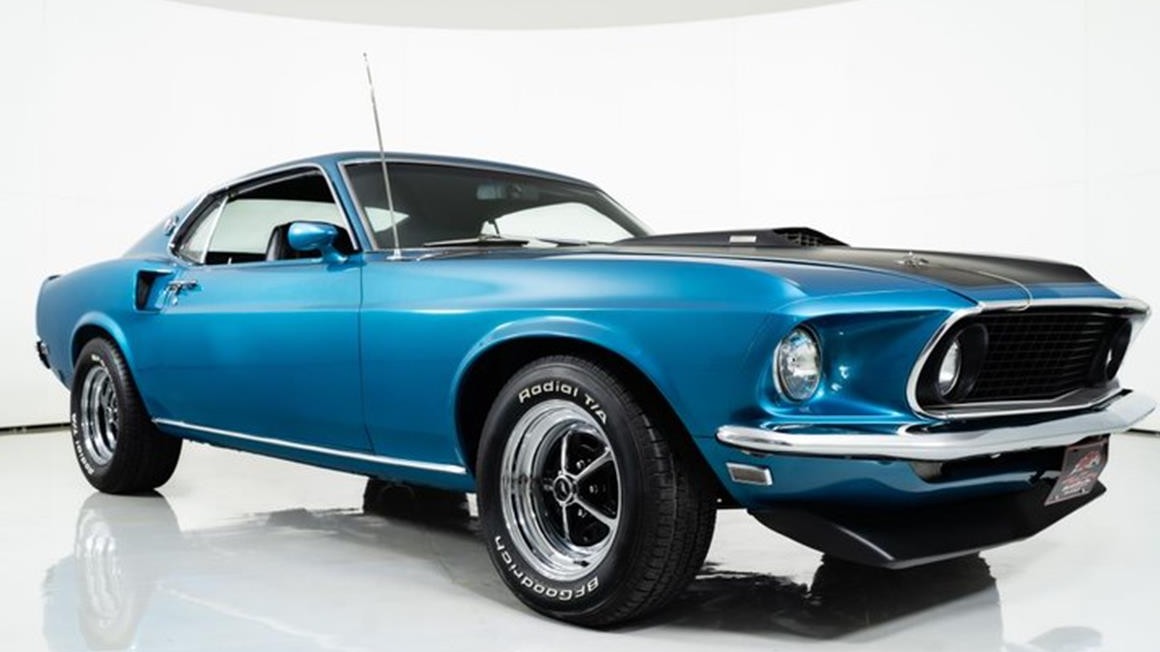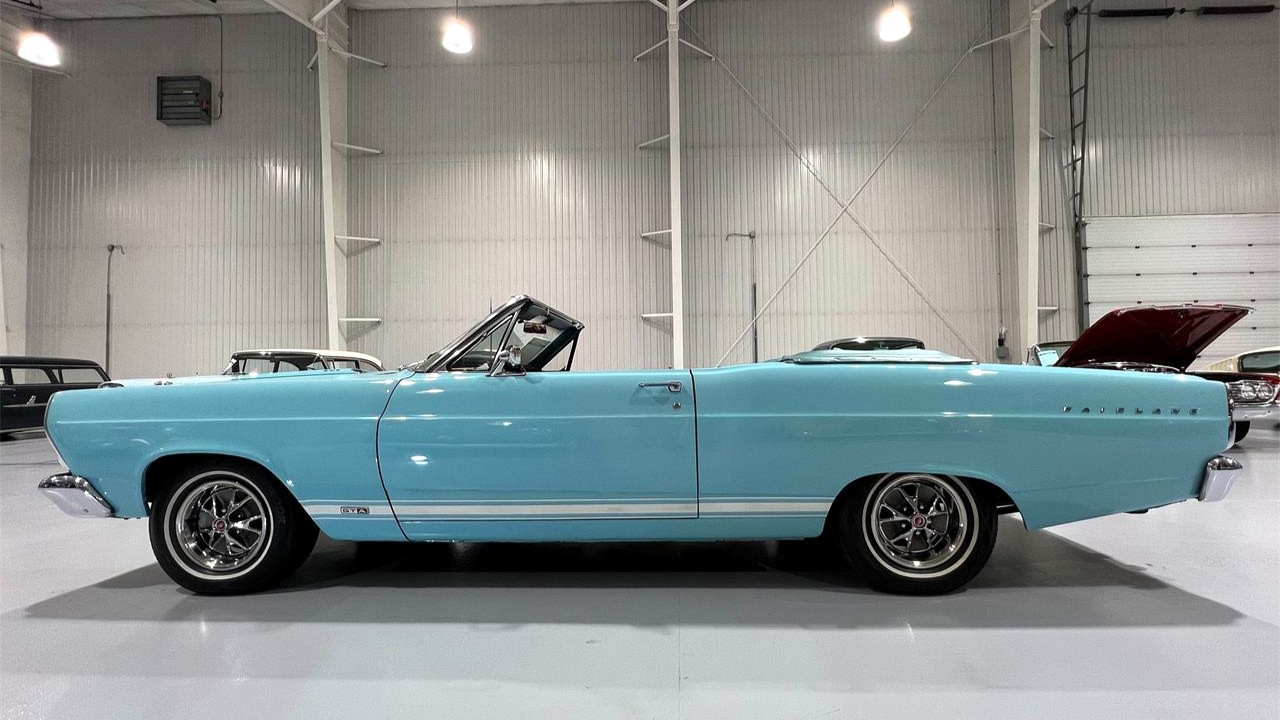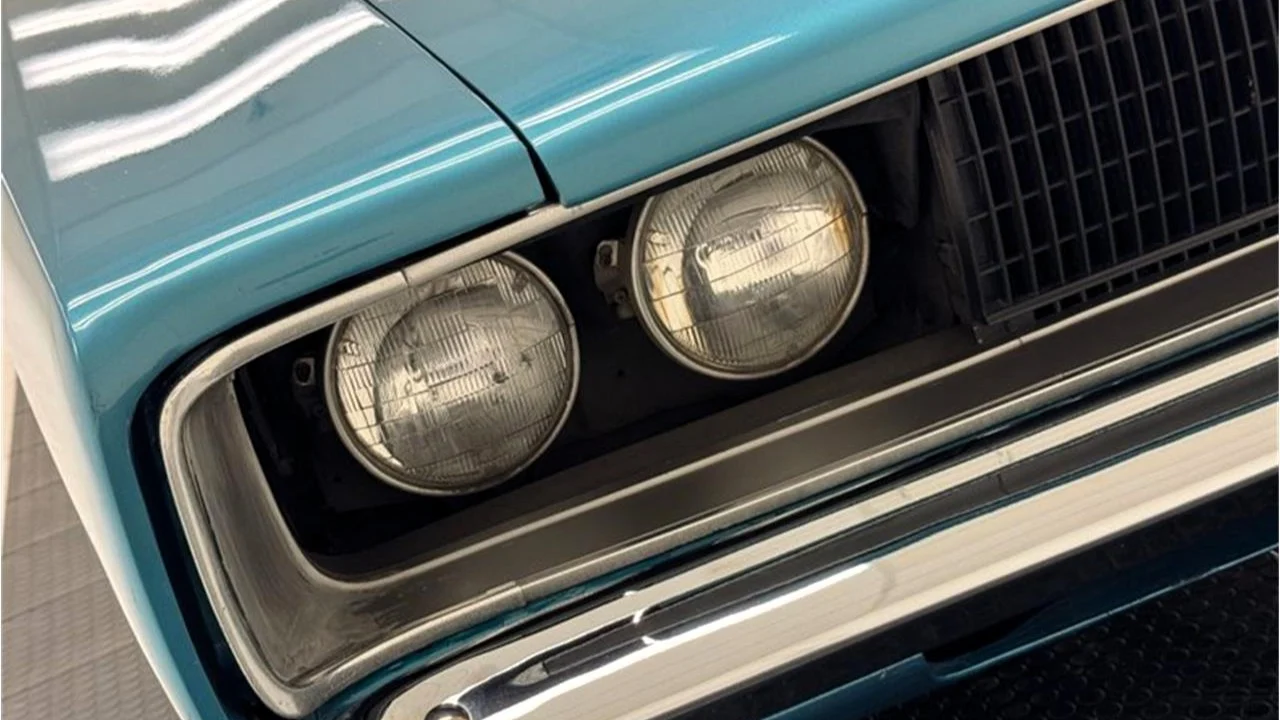Winter driving brings unique challenges—slick ice, deep snow, and unpredictable weather can make even short journeys treacherous. Selecting a vehicle built to withstand these conditions is crucial for safety and confidence on the road. Cars designed for winter feature advanced all-wheel drive systems, robust traction control, and amenities like heated seats and steering wheels to keep you comfortable. These specialized features ensure drivers can maintain control and warmth, no matter how harsh the season gets. Let’s explore the top 19 cars ready to tackle the toughest winter roads.
From bustling city streets to the dazzling spotlights of global auto shows, cars have become more than just modes of transportation.
They are symbols of culture, status, and innovation, often taking center stage in unforgettable moments across pop culture.
Certain models captivate not only with their groundbreaking design but also with their lasting impact, making them irresistible subjects for photographers worldwide.
In this article, we explore the vehicles that have truly stood out—the most photographed cars of all time.
Some cars have an undeniable presence—a visual charisma that hints at their potential before the engine even starts.
The way sharp lines, aggressive stances, and sculpted profiles catch the light can make a vehicle appear blisteringly fast while parked at the curb.
This article explores machines that embody both dynamic design and thrilling performance.
We’ll spotlight models that blend driving excitement with bold aesthetics, proving that great cars don’t just move quickly—they look the part standing still and ignite passion in every admirer.
One of the hottest segments of the collector car market today, especially with younger buyers, is German station wagons. If you need data to support this, then look at the new BMW M5 wagon, which has outsold the sedan; as I understand it, all 2025 M5 wagons are spoken for. On the classic end of the spectrum, I know of five different collectors who are currently searching to find that perfect example of a Mercedes or BMW station wagon. I’m not talking about the high performance ones—just any Mercedes wagon in excellent condition.
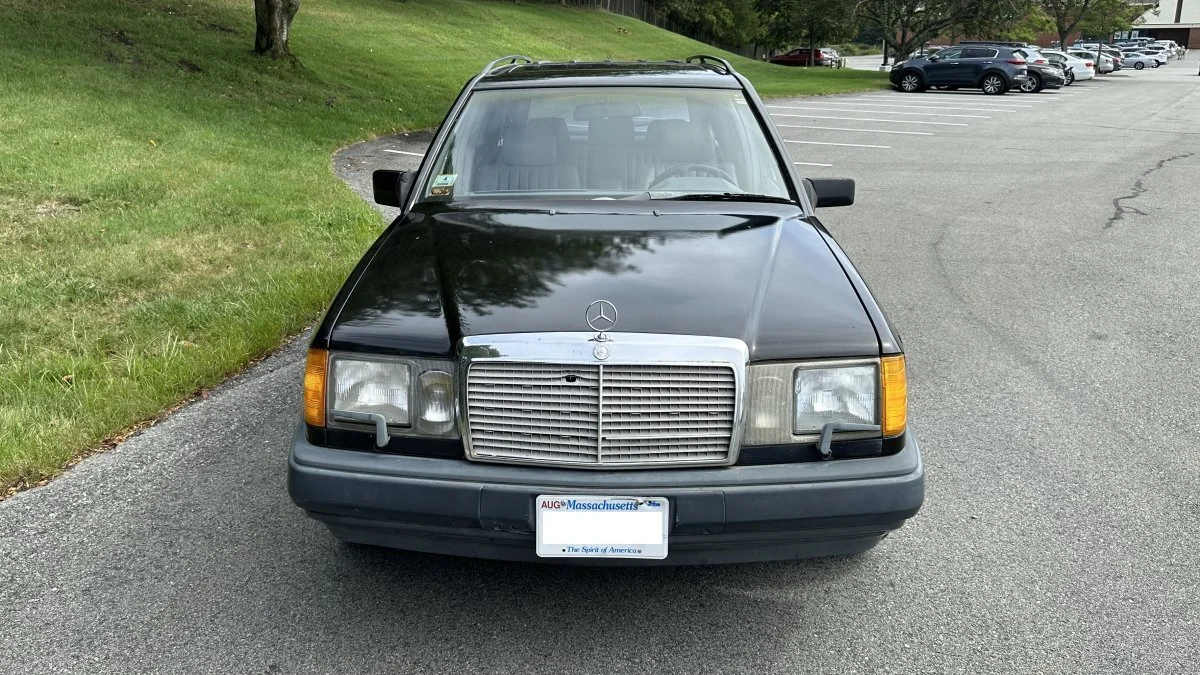
This is harder to do than you would think, as station wagons by their very nature are cars that were used for hauling, work, and basically driven to death. This makes finding a 20, 30, or 40 year-old Mercedes-Benz station wagon in nice condition quite difficult.
Featured on AutoHunter is one of those veritable unicorns, a 1989 Mercedes-Benz 300TE Wagon located in Hingham, Massachusetts.

The seller describes this 300TE wagon as being powered by a 3.0L inline-six mated to a four-speed automatic transmission. Finished in Black over a gray leather interior, this German wagon is now offered by the selling dealer with a clean CARFAX report and clear title. It has covered a total of 167,865, which is low miles for one of these cars. While not perfect, it looks to be an excellent entry point to this category of the hobby.

The car does have some flaws, including a crack in the plastic part of the grill, slight damage to the rear hatch, and a broken mirror piece on the passenger side. The two trim parts can be replaced a they are still available from Mercedes; the rear hatch and slight quarter-panel issues will need paintwork, but both are worth fixing as overall this looks like an example worth saving.
Besides these issues, the Black paintwork looks to be in nice condition, with no other serious flaws which would be able to be fixed with a professional detail.
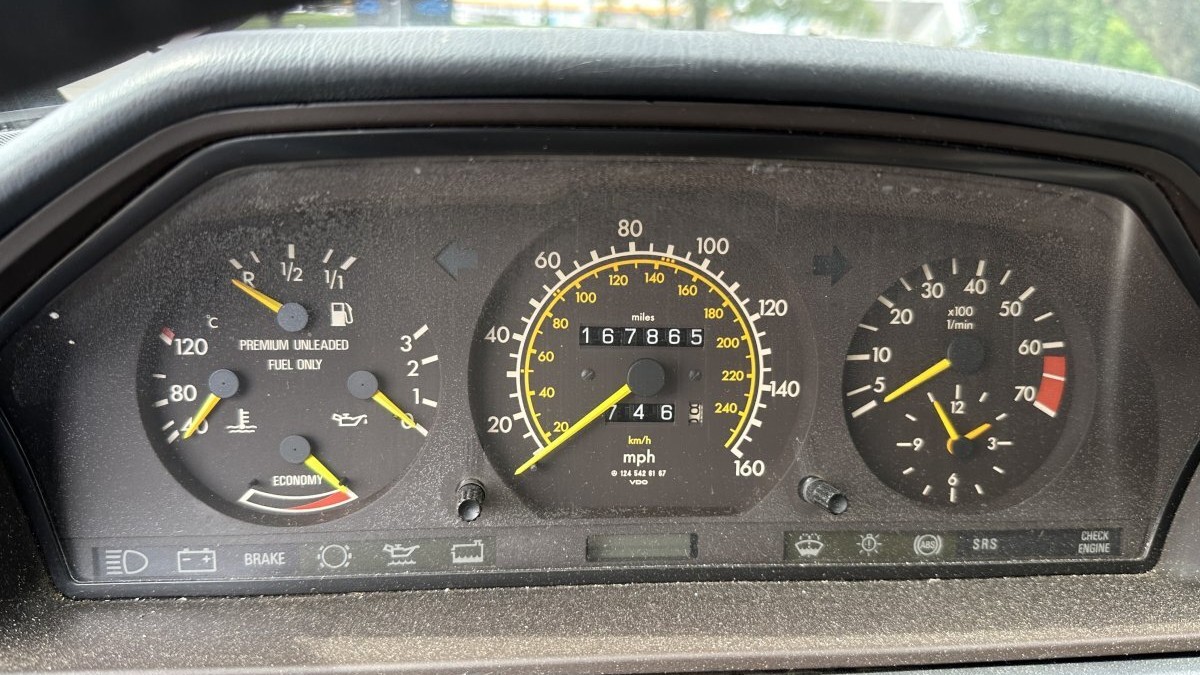
The interior of this Mercedes looks to be in quite good shape, with the grey leather seats in excellent condition, along with the carpets, dash, and wood trim. It is not faultless but, with an interior detail, it would really shine.
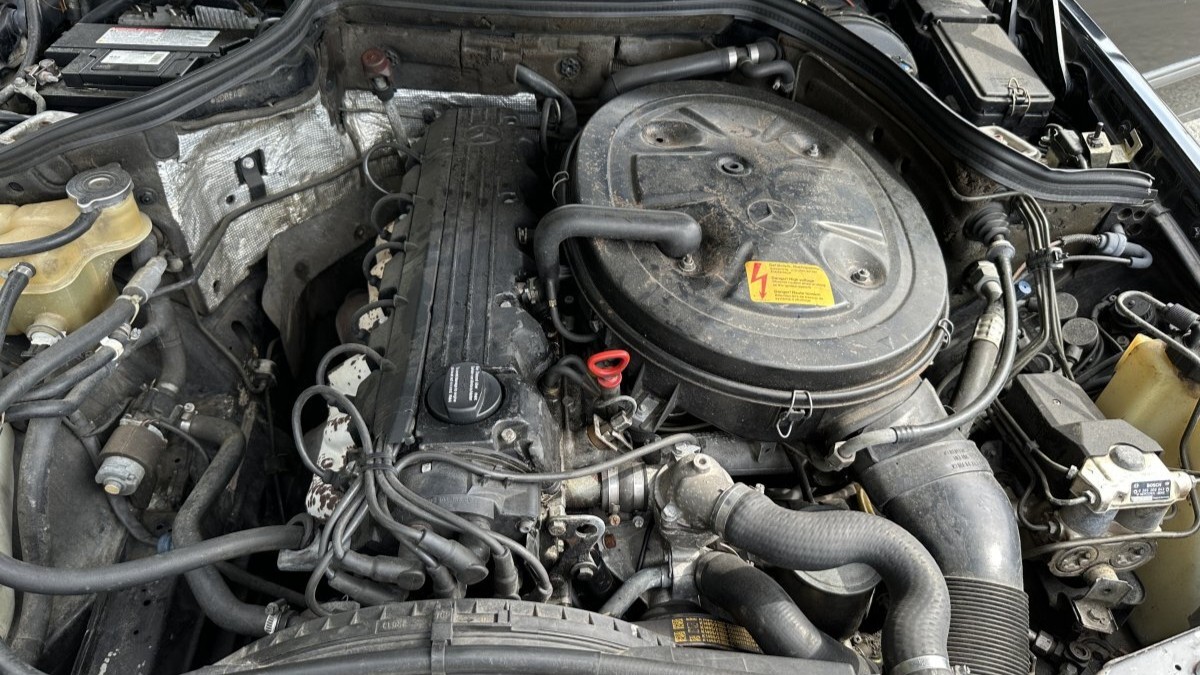
Under the hood is the Mercedes 3.0L SOHC inline-six engine with 180 horsepower and 188 lb-ft of torque . Recent updates include new engine mounts, fuel pump, belts, and hoses. In addition, this car has also received a new exhaust. The car does have a current check engine light but, if you buy it right, this car would deliver years of fun.
The auction for this 1989 Mercedes-Benz 300TE Wagon ends on Monday July 14 at 11 a.m. (PDT).
Visit the AutoHunter listing for more information and a photo gallery
Do you fancy turquoise? Many from 55-plus years ago may be attractive and pretty to contemporary eyes, but it’s not a color that was necessarily popular back then—in fact, of the four below muscle cars currently listed for sale on AutoHunter or ClassicCars.com, I can tell you that one of them is wearing the second-rarest hue for the model year per production records.
Tell us the model year, brand, and model; bonus points for the color name! Post your answers in the Comments section below. If you need a hint, click on an image.
Click on a photo to reveal each car
The Classic Cars.com Journal brings you a puzzle every Tuesday. You also can play previous games for more challenges.
I attended Monterey Car Week and the Pebble Beach Concours d’Elegance for the first time in 2001, covering the event for Classic Motorsports magazine. I had been to a lot of smaller events, including regional concours and vintage races, but I really had no idea what the whole Monterey thing was all about. To say I was blown away was an understatement, especially by the sheer scale and quality of the cars at Pebble. I had never experienced anything like this magical event and, even now, having attended it every year since, I am still awestruck.
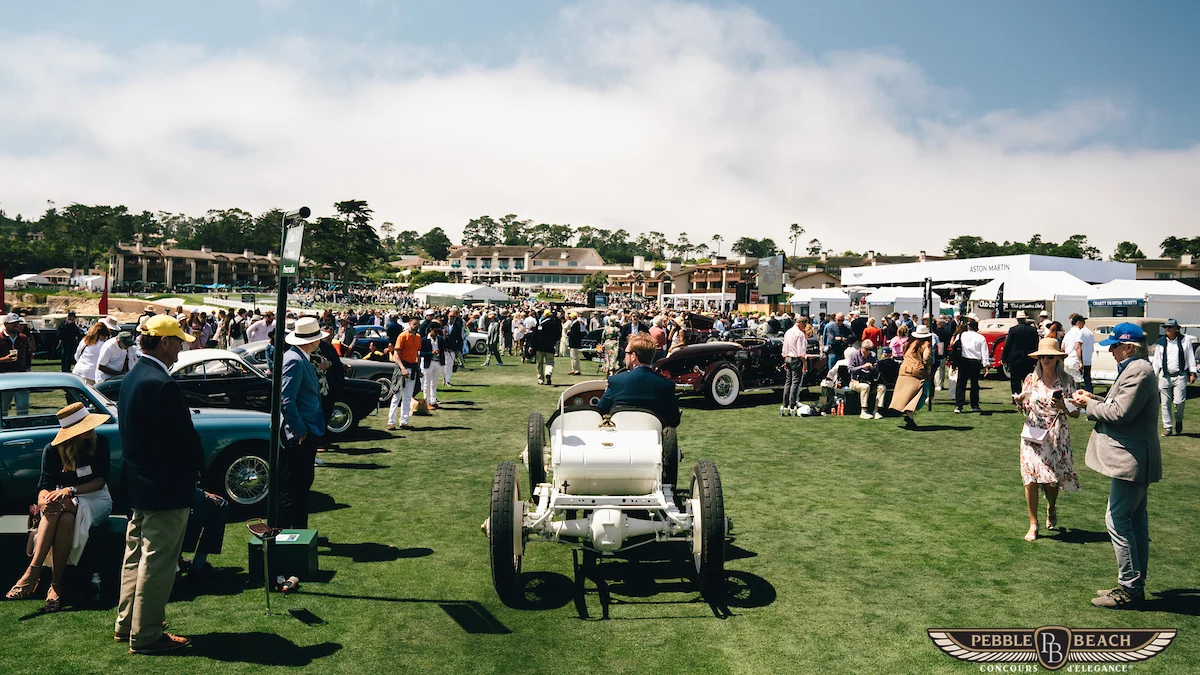
Over my 23 years in the hobby, I never even dreamed I would have a chance to actually show a car on the lawn at the Pebble Beach Concours d’Elegance. The event is in the rarefied air of the collector car world: a place where notables such as Ralph Lauren, Jay Leno, and Jerry Seinfeld go to show off the very finest vehicles in their collections. I was resigned to the fact that this was a league out of reach to me as a car enthusiast.
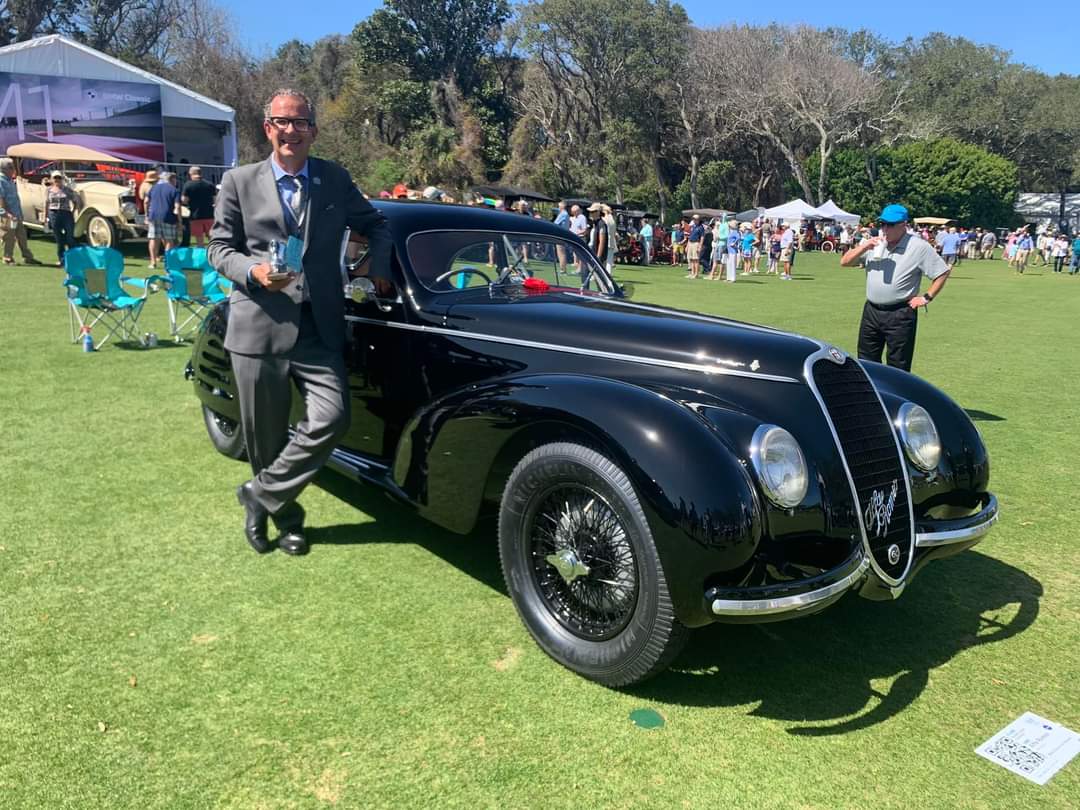
Then, about four years ago, officials at the Maine Classic Car Museum in Arundel asked if I, as the collection’s insurance broker, might be willing to show a car for them and, if so, which concours would I recommend. I felt the Amelia Island Concours would be a good starting point as it is a great event, closer to Maine geographically, less expensive than Monterey Car Week, and a good way to get our feet wet. We showed our 1939 Alfa 6C 2500SS Berlinetta by Touring and came away with Second in Class and the Mille Miglia Award—an amazing result, given it was my first time showing at Amelia. This thrilled the museum’s owner and led not only to me being asked to serve as their collections manager, but also to wins at other concours—including more wins at Amelia Island, a Best of Class win at Greenwich, and a Best of Class win at Misselwood.
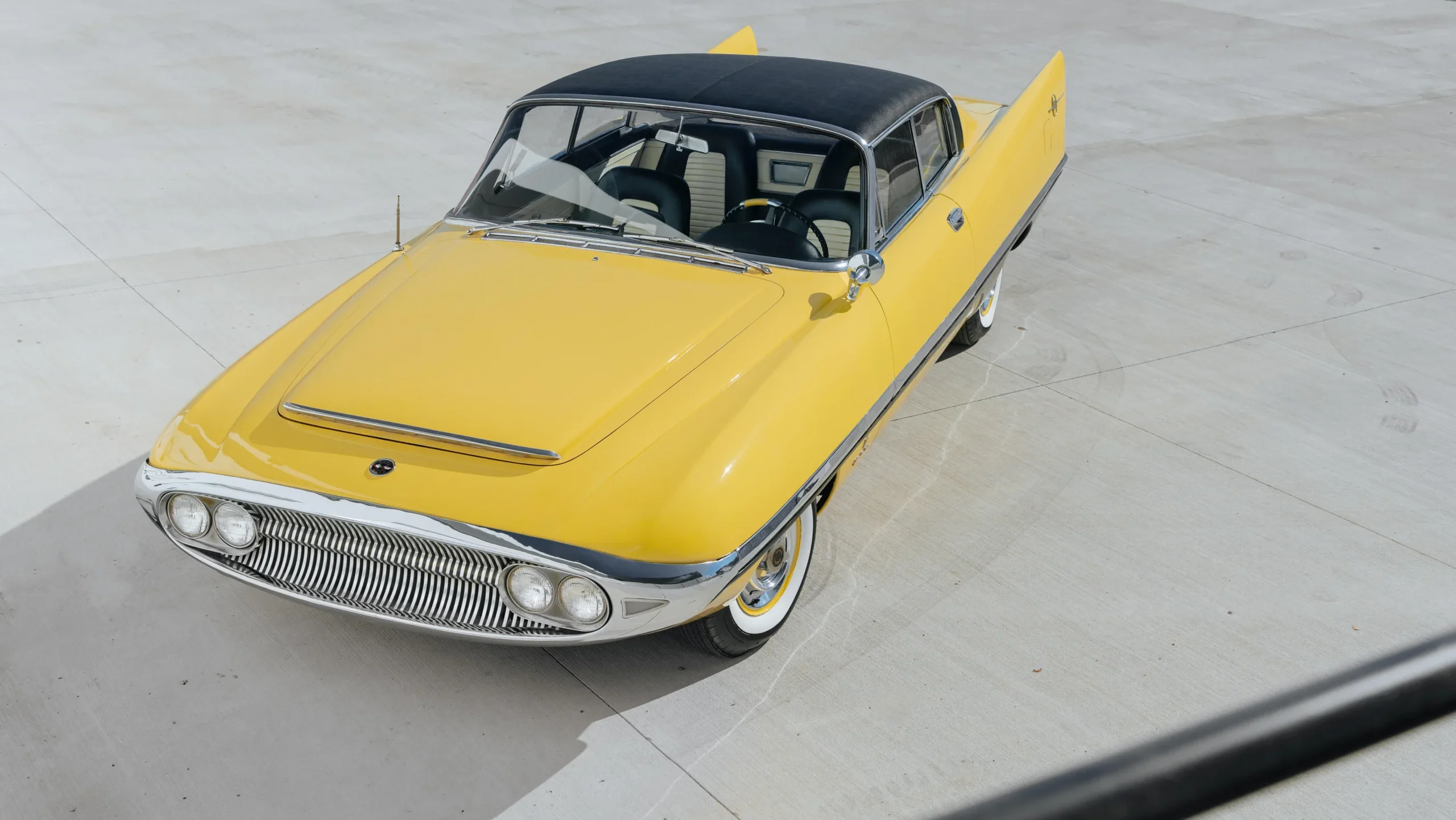
As collections manager, I also recommend and acquire cars for the museum. This is a lot of fun, as I get to look at lots of cars and purchase those that are the best fit for the museum. One of these excursions was to Arizona Auction Week in 2023, when my goal was to buy a pair of vehicles at Bonhams: a 1954 Chrysler GS1 by Ghia and a 1957 Chrysler Ghia Super Dart 400 concept car. After strong bidding, with some aggressive close bids on my part, we acquired both cars. The owner of the museum was delighted, and both cars have become favorites of visitors to the museum.
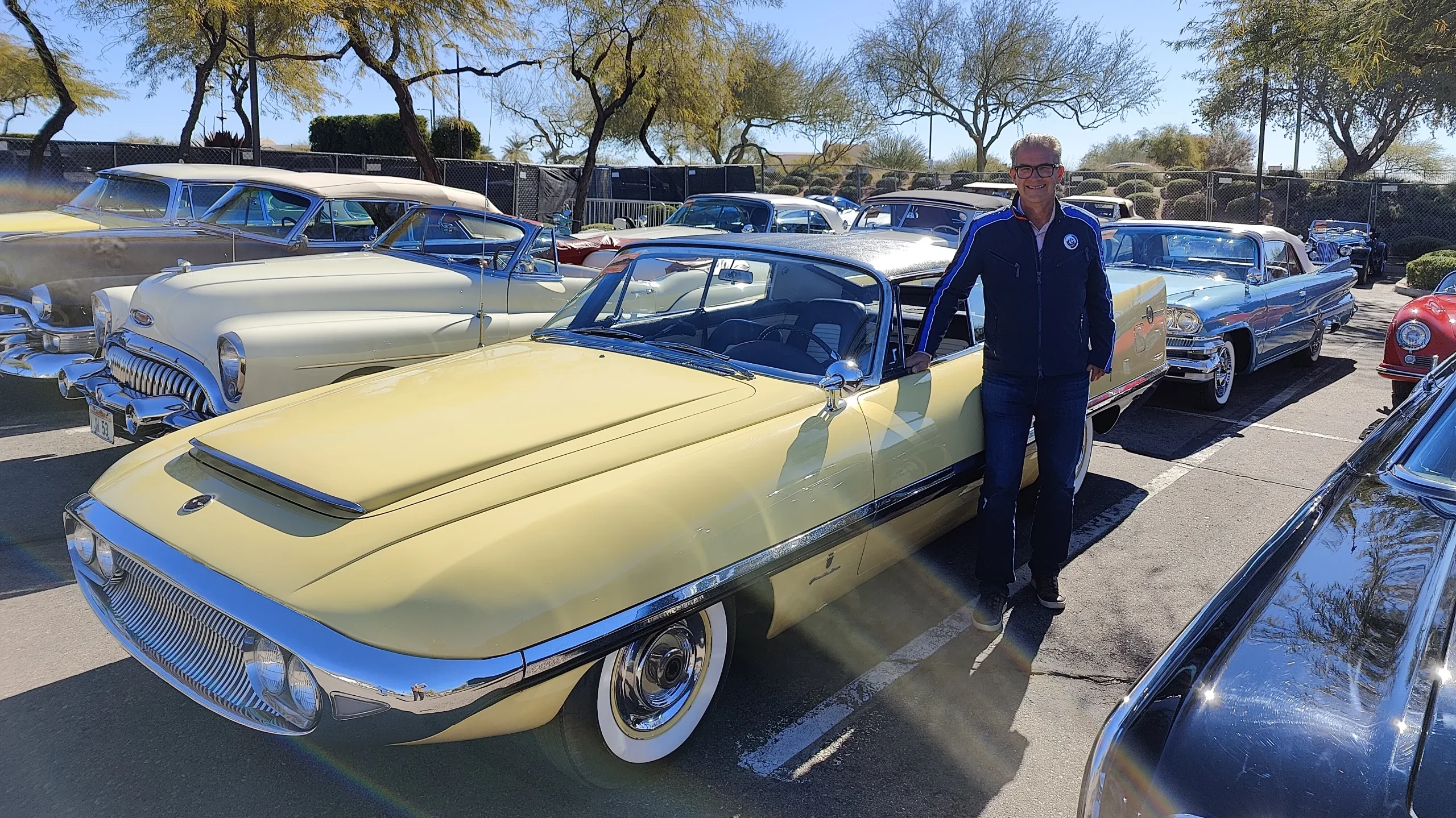
We took the GS1 to Amelia last year and won, but I purposely kept the 1957 Super Dart 400 away from the bigger concours events, instead sending it to Greenwich in 2023, where the car received the Preservation Award.

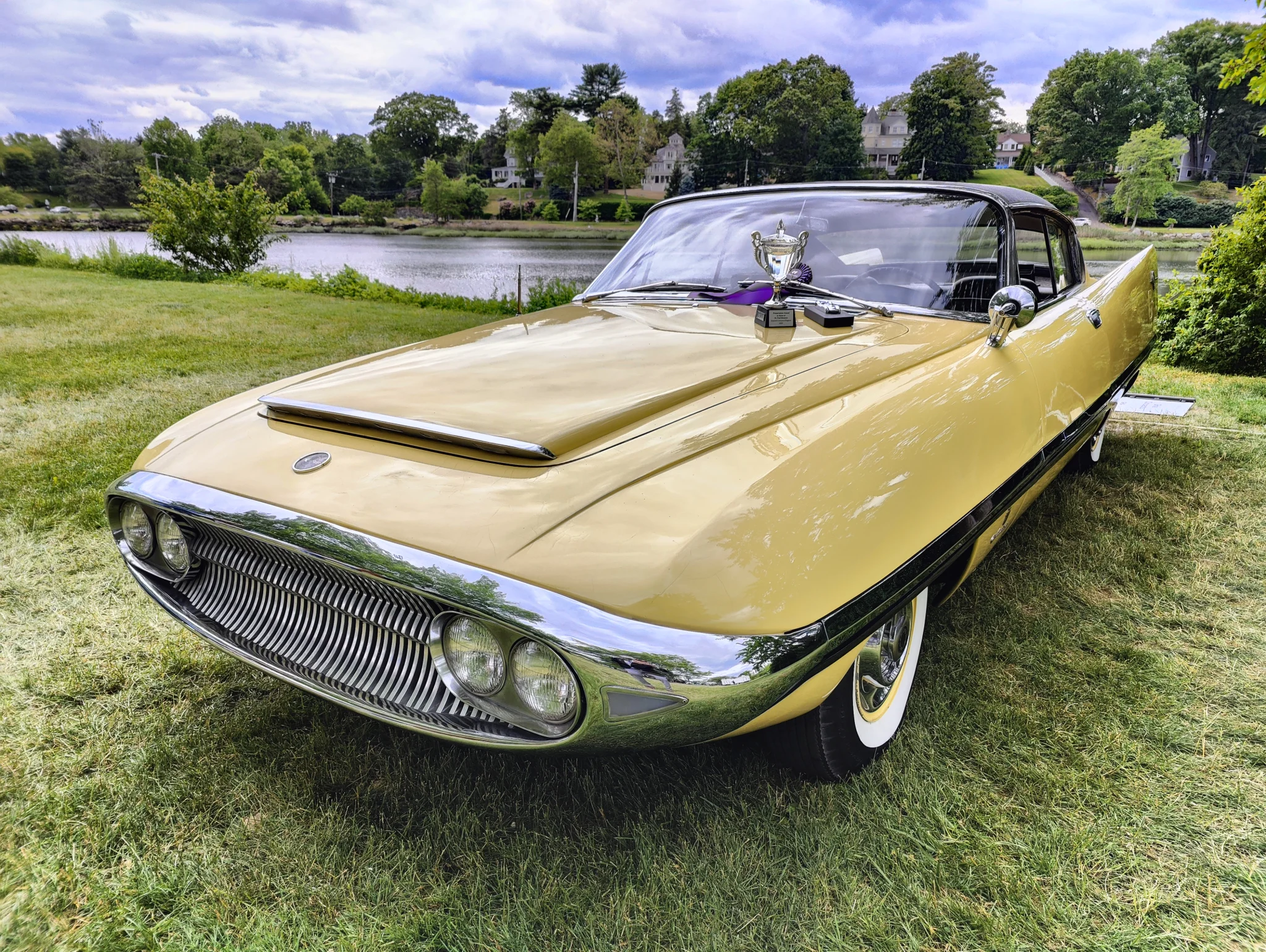
I took a stab at entering the museum’s Ferrari 166 Inter Cabriolet by Stablimenti Farina at the Pebble Beach Concours in 2024, but we were declined. I totally understood the verdict. Even though it carried the pedigree of being the 16th Ferrari road car built, this was Pebble we were talking about, which seemed just a “bridge too far.”
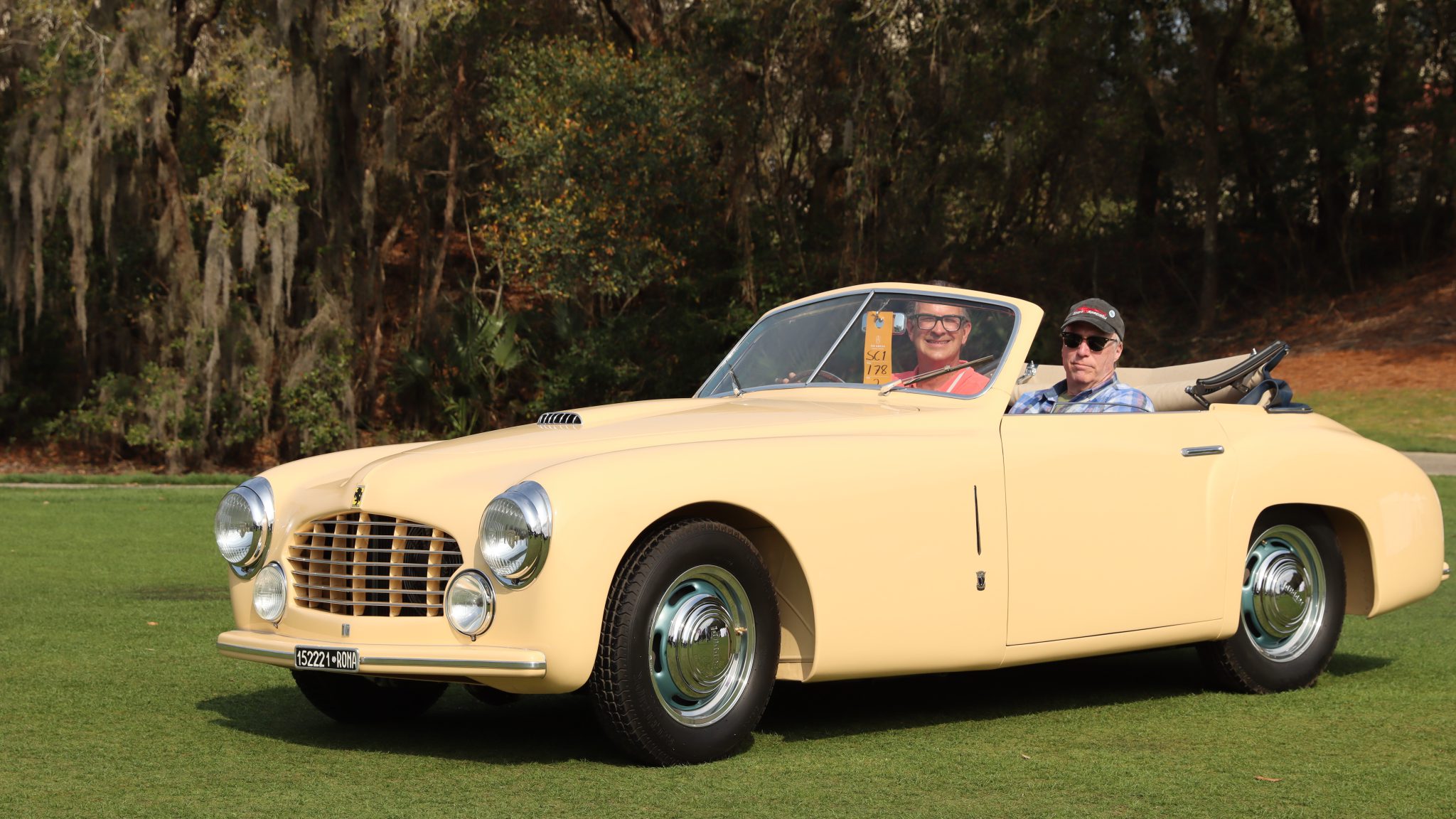
Fast-forward to December 11, 2024. I received a call from my friend Ken Gross, a motor journalist, concours judge, and museum exhibit curator. He wanted to know if I was able to take the 1957 Super Dart to Pebble Beach. There must have been about 30 seconds of silence on the phone from my end. He asked if he still had me on the phone and I said, “I’m still here.” I told Ken I would love to take the Super Dart to the show and, if the owner disagreed, I would figure out another way.
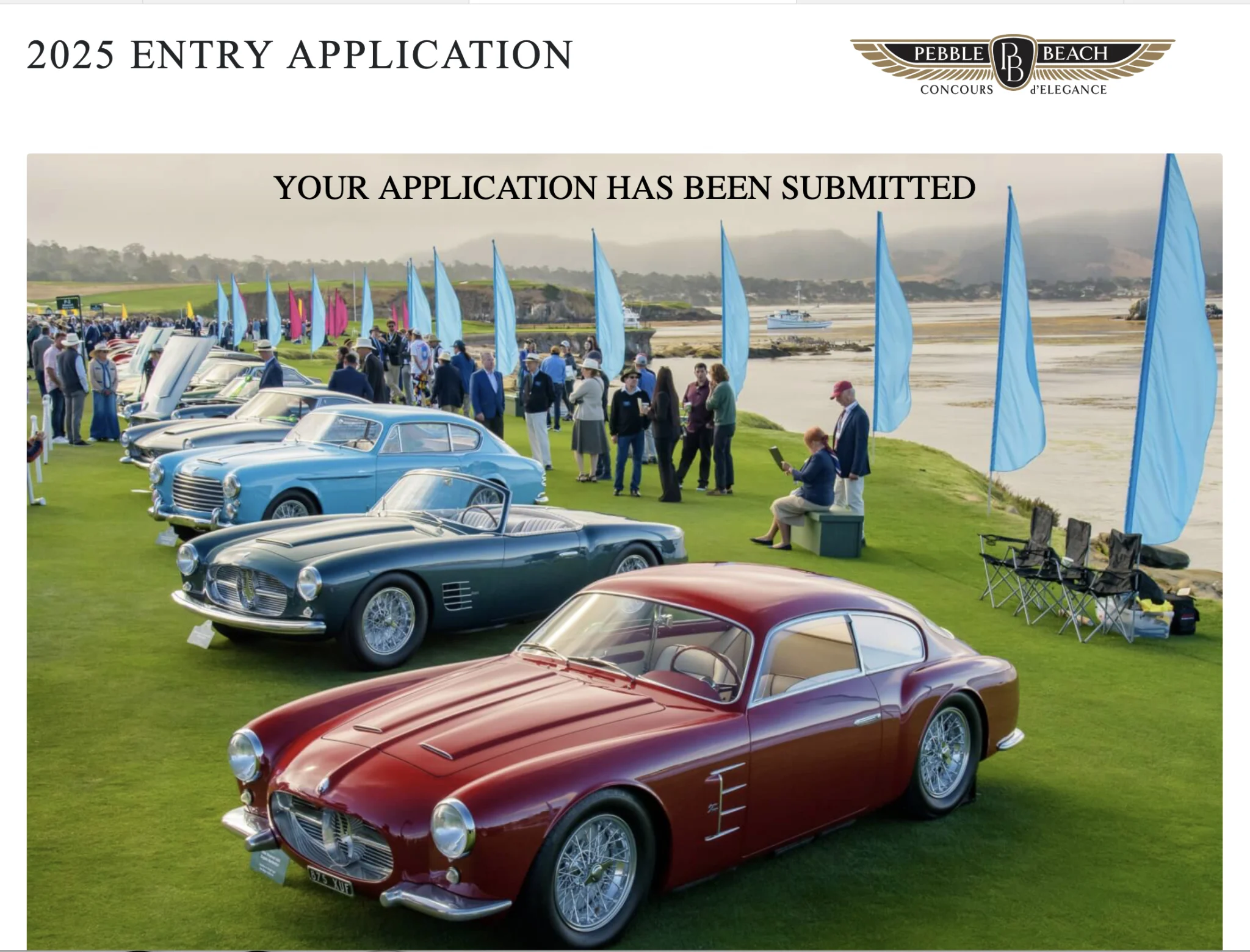
I called the owner and explained that we had just been asked to show at Pebble, and we needed to answer in the affirmative. He has never been to Monterey Car Week before but, after I explained that Pebble Beach is the “World Series” of concours events in the U.S., he agreed. A few days later, I filled out the online entry form and waited for the outcome, though Ken assured me it would be accepted. About two months later I received the acceptance email from Sandra Button, chairman of the Pebble Beach Concours.
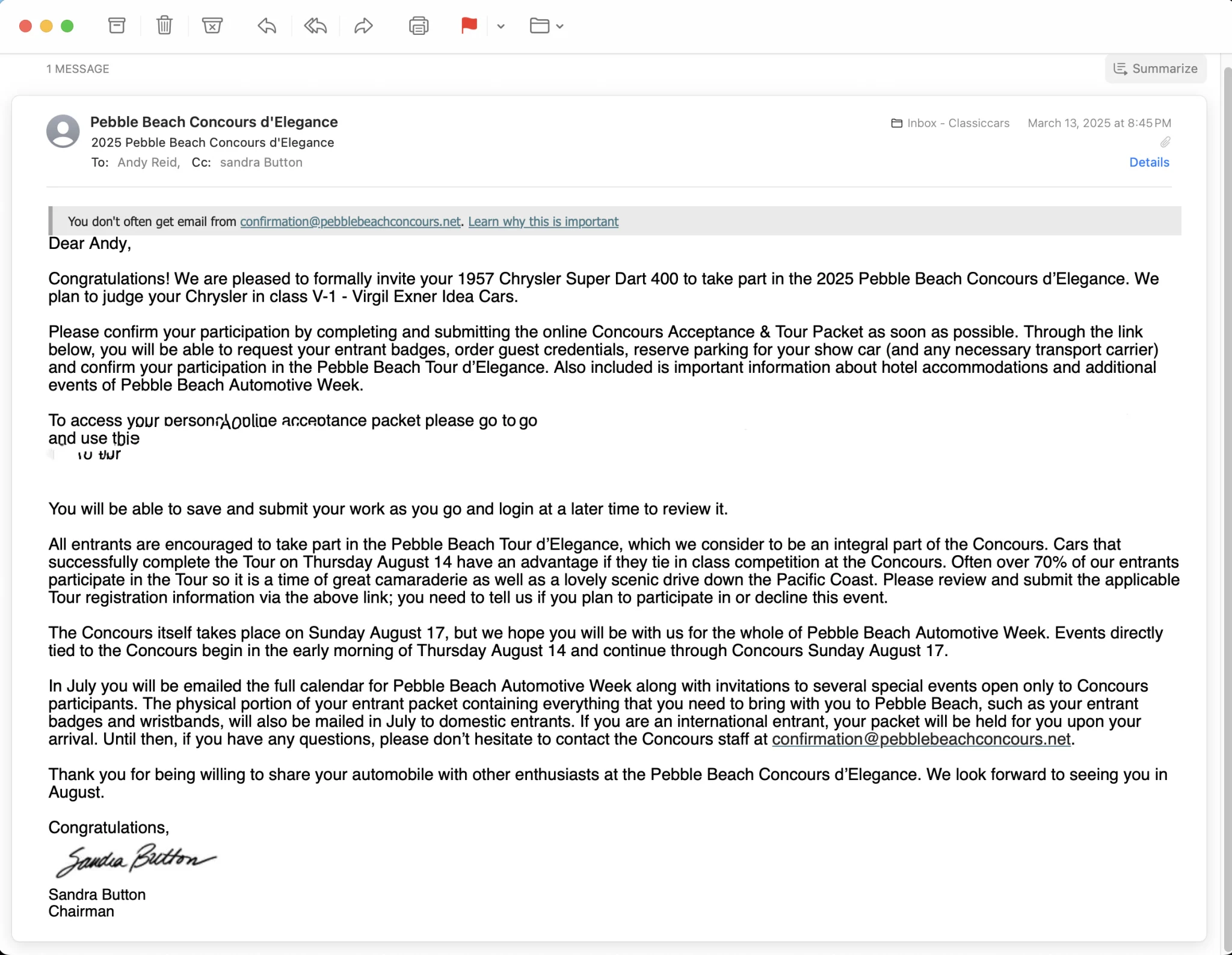
I held back letting people know about showing at Pebble, only telling a few friends, as I knew Pebble wanted to do their own PR first. Finally, last week, a press release went out featuring a period photo of our Super Dart. A few days later I received my Pebble Beach Exhibitor package, and it was at this point that reality sunk in—I was going to the Pebble Beach Concours d’Elegance to present a car. I blew up people’s phones, posted about it on social media, called Sandra Button to thank her, and am now writing this story to document the process.
Will our car win an award? Who knows. To me and most entrants, just being invited to have the opportunity to show at Pebble is a true win in itself. I am both thrilled and nervous, but I know the Super Dart will be well-received by spectators.
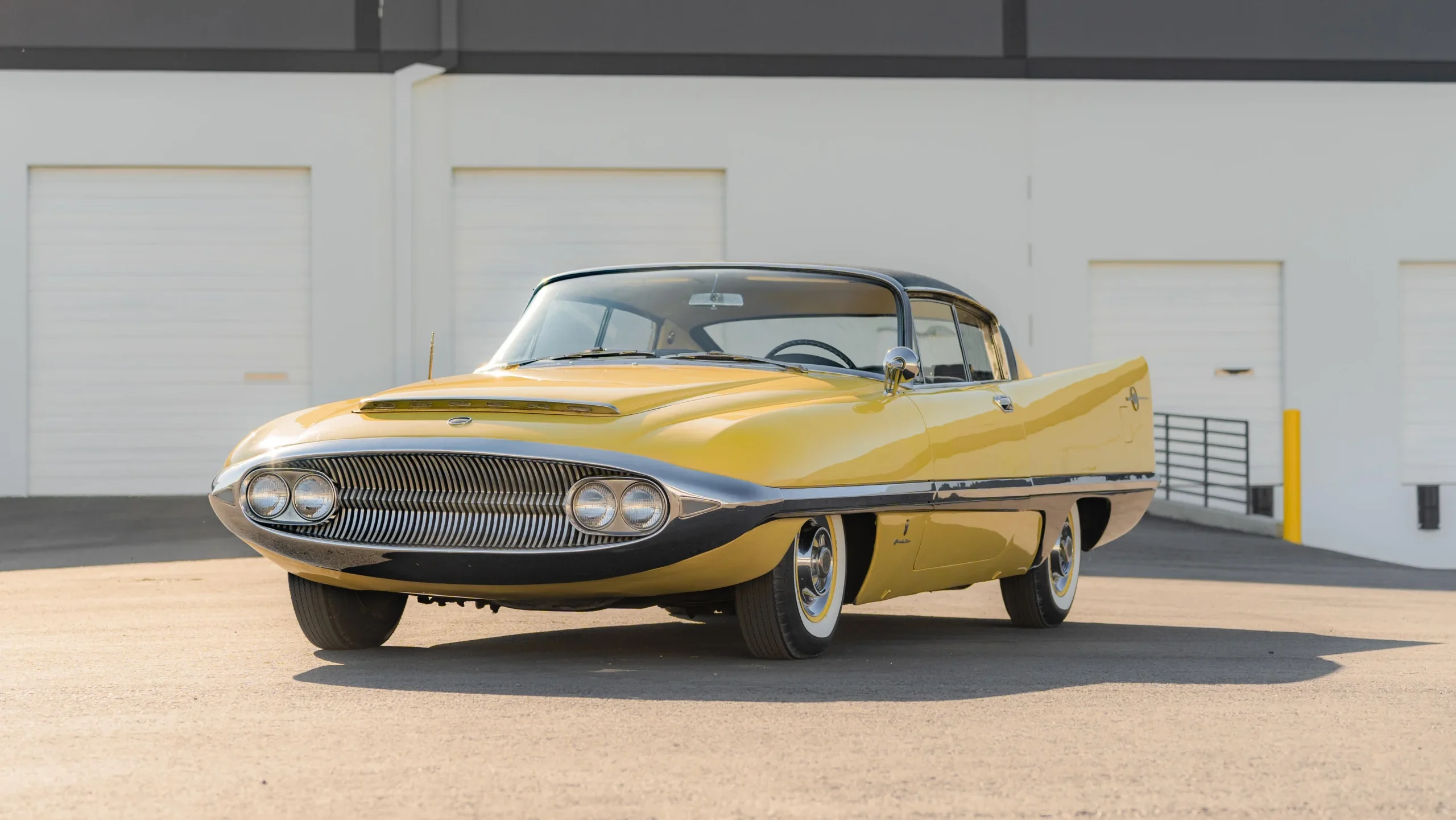
Now the work begins. I will be at the Maine Classic Car Museum with my friend Tim McNair for most of next week, getting the vehicle ready for Pebble. While I am a Pebble Beach rookie, the 1957 Chrysler Super Dart 400 by Ghia is a veteran, having been shown on the lawn two other times in the past 30 years.
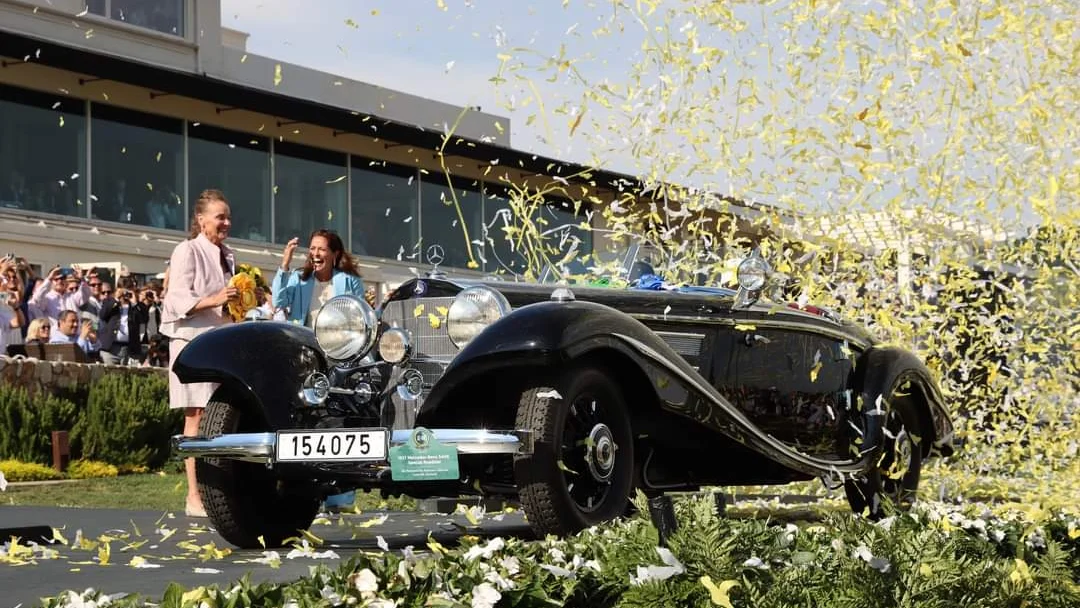
So, if you have ever thought that showing a car at the Pebble Beach Concours was out of reach, who knows what might happen in the future for you? It is happening to me, and I am beyond amazed and grateful.
I will have an update about our Pebble Beach adventure, the concours prep, and more in the weeks to follow, so stay tuned and wish us luck.
Remember that scene in Live and Let Die where a mysterious henchman was driving a pimpalicious Cadillac Eldorado (actually a Dunham Coach Corvado)? Neo-classical cars have a history in the U.S., the most famous being Excalibur and Stutz. Our Pick of the Day is in a similar vein—perhaps you’ve seen one but didn’t know what it was: the 1979 Cadillac Seville Opera Coupe by Grandeur. It is listed for sale on ClassicCars.com by a dealer in Monroe Township, New Jersey.
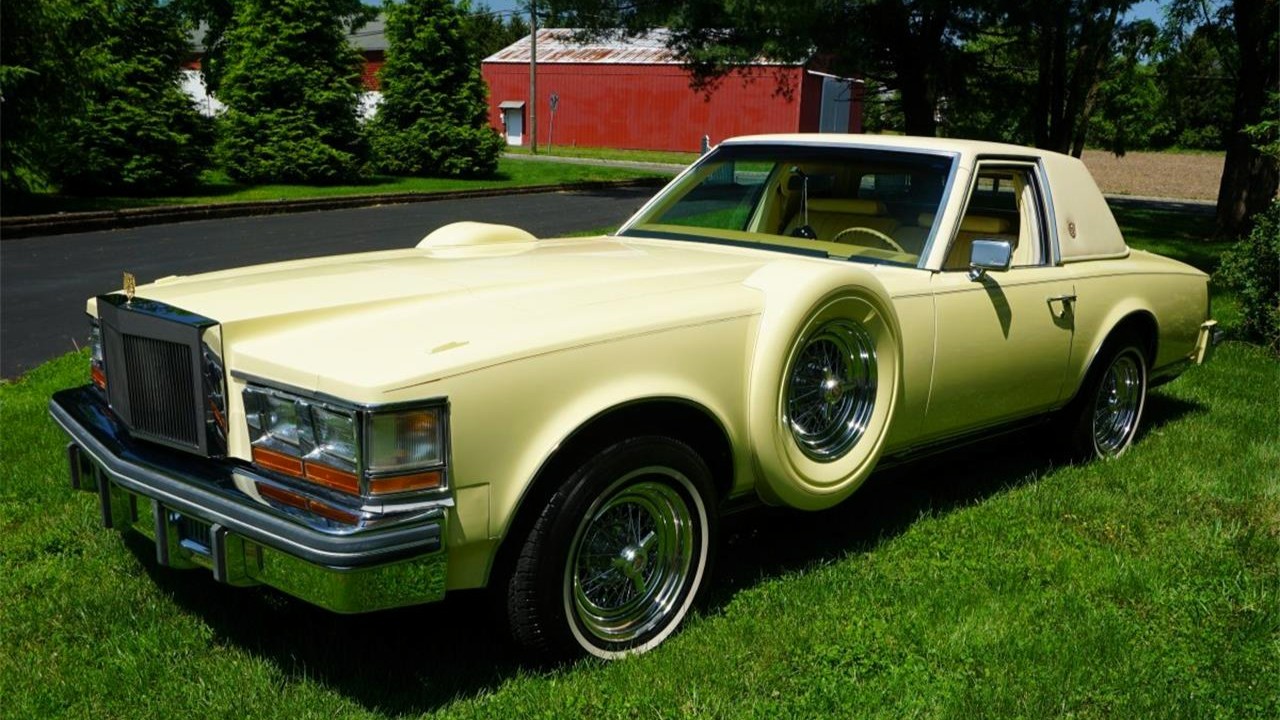
The Cadillac Seville, a name originally applied to two-door hardtop versions of the 1956-60 Eldorado, was the first small Cadillac, something that no one would have ever imagined until it actually happened. This new model, introduced for the 1976 model year, was a modified version of General Motors’ X-body platform, which included the Chevrolet Nova, Pontiac Ventura, Oldsmobile Omega, and Buick Skylark. Did Cadillac take a compact, fluff it up, and give it the highest price tag of all its mainstream models? Indeed, and America loved it.
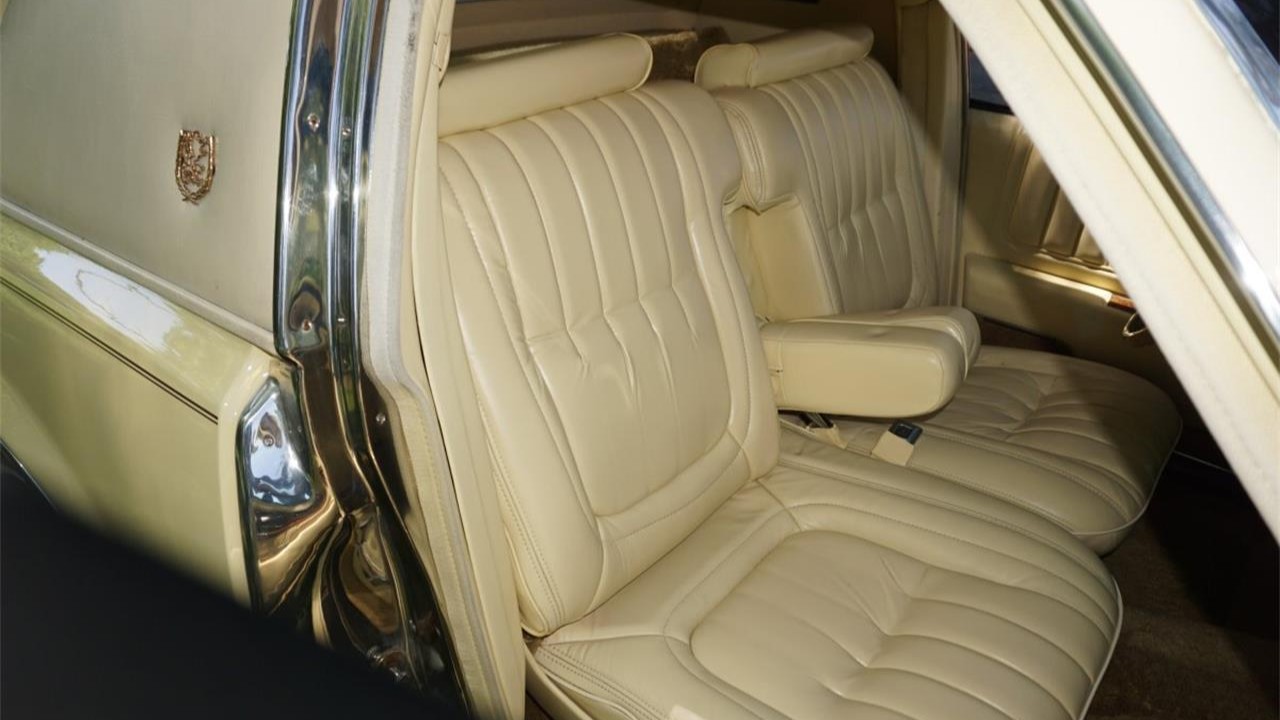
The Seville’s introduction came at a time when trim, luxury imports—mostly from Germany—were making an impact in the American market. The Seville was a response to these upstarts. Though successful, the Seville didn’t come off as reaching for the same youthful buyers. Today, our paradigm of luxury is due to the Germans and not the Seville, as evidenced by Cadillac’s current lineup.
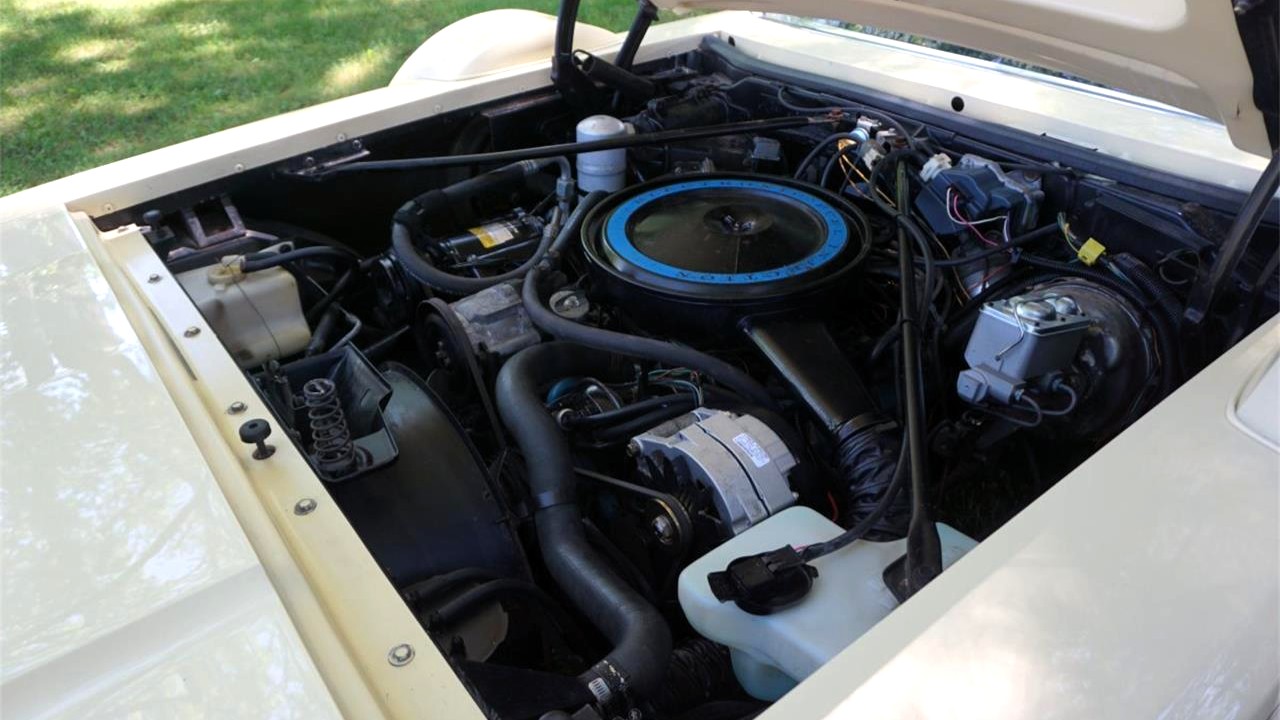
As the Seville was a Cadillac, it was no surprise that enterprising companies used it to create specially modified version. One such company was Grandeur Motor Car Corporation. The Pompano, Florida (again, no surprise) coachbuilder took the four-door Seville and turned it into a 1930s- and Shaft-influenced two-seater. It appears that Grandeur surgeons removed the front seat and moved the cowl and instrument panel back, so the driver was technically driving from the rear (and only) seat; the hood and fenders were extended, with the fake sidemounts added to the extended fenders. Standard power was a fuel-injected Oldsmobile 350 V8, though a Diesel was an option for some years. It is said that 600 Opera Coupes were built from 1976-83, though it’s not clear if that also includes other platforms like the Lincoln Versailles.
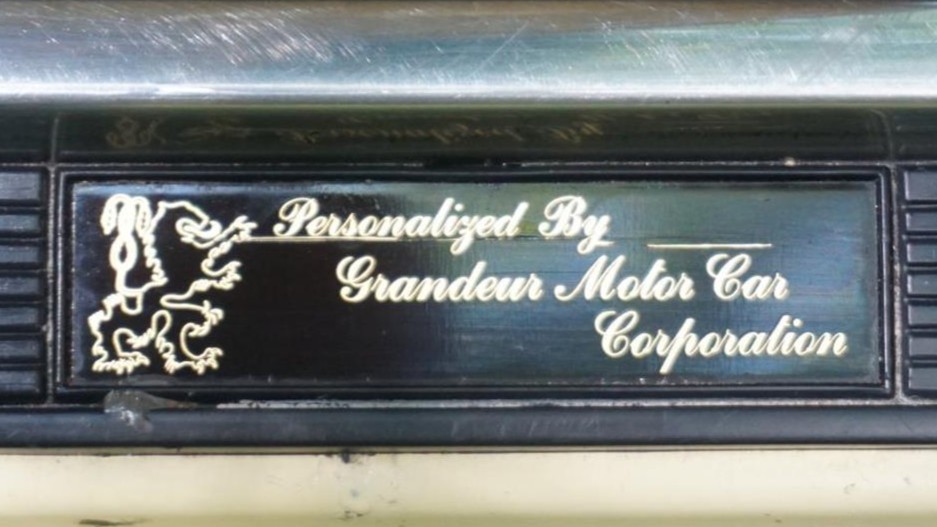
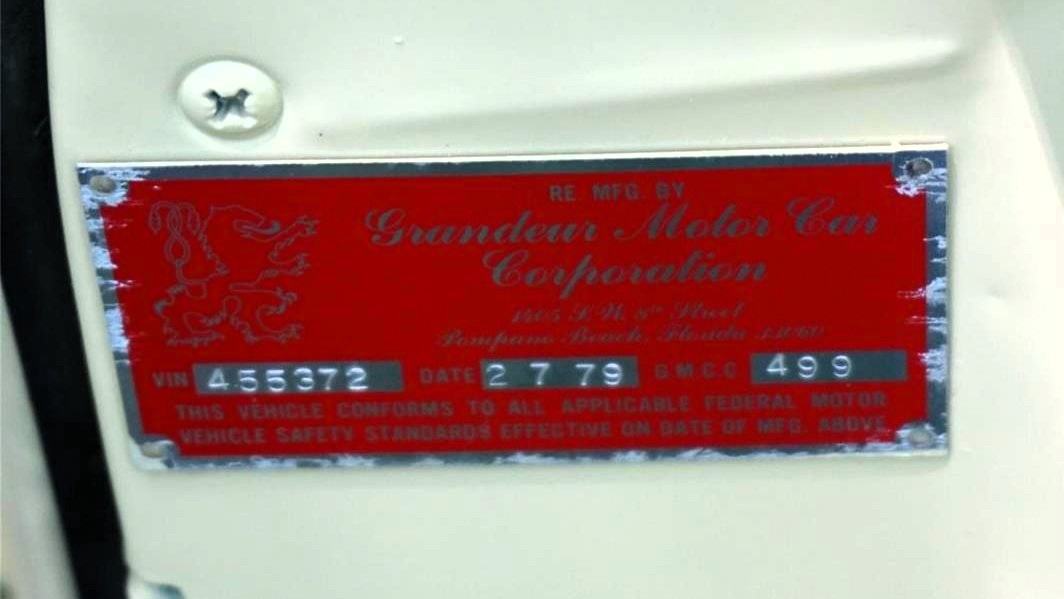
This 1979 Cadillac Seville Opera Coupe by Grandeur is painted in the absolutely perfect hue of Light Yellow with a matching leather interior. Though the seller doesn’t specify features, we note the Rolls-Royce-inspired Cadillac grille with special hood ornament, yellow vinyl top, bucket seats with dual armrests, power windows and seat, air conditioning, remote mirror, and genuine wire wheels with spinner hubcaps. Four-wheel disc brakes, electronic level control, and automatic climate control were standard Seville fare.

If your pinky ring has been gathering dust, we can think of no better reason than to unearth it and grab $19,500 so you can live a life of Grandeur.
Click here to view this Pick of the Day on ClassicCars.com
This ’32 Ford is a steel-bodied, five-window coupe that was acquired by its current owner in 2000 and built into a hot rod over the next 12 years. The body is mounted on a Barry Lobeck frame and has a chopped top and metallic red paintwork, and the car rides on a modified suspension with a chrome drop front axle and a four-link rear end with coilovers. Gasser-style wheels and front discs were added, and power is provided by a 6-71 supercharged 350ci V8 linked to a three-speed automatic transmission and a Ford 9″ rear end. Inside is a powered cowl vent, power windows, a tilt-out windshield, a chrome tilt column, and Dolphin gauges. Following completion, the owner drove the car from Ohio to the Street Rod Nationals in Louisville, Kentucky. This ’32 hot rod is now offered by the seller on behalf of its owner with spare parts, a car cover, and a clean Ohio title listing the car as a 1932 Ford.

The steel five-window coupe body is mounted on a Barry Lobeck frame. The top was chopped before it was repainted metallic red, and chrome spreader bars are mounted at both ends. The windshield tilts out, and the cowl vent is powered.

Gasser-style 15″ alloys, staggered tires, and front disc brakes were utilized. The chrome drop front axle has radius rods and a transverse leaf spring, and out back is a four-link setup with coilovers.

Tan upholstery covers the bench seat, and power windows were fitted along with lap belts and a B&M shifter.

The billet banjo-style wheel is mounted on a chrome tilt column. The ~1,800 miles on the Dolphin cluster represents the mileage driven since completion in 2012.

The 350ci V8 is topped by a 6-71 GMC supercharger and two four-barrel Edelbrock carburetors mounted on a BDS adapter. The firewall is mirrored, and the car has tubular headers and side pipes.

The three-speed automatic is linked to a Ford 9″ rear end.

A four-speed Muncie transmission, a Lakewood bell housing, an aluminum flywheel, a Centerforce hydraulic clutch, and a Hurst shifter are included.

The car is titled as a 1932 Ford using VIN 181396885, which aligns with a 1932 model. This serial number appears to have been also used on a ’33 hot rod listed on the site in 2019.
In today’s automotive world, drivers crave more than just good looks or reliable performance—they demand both. The search for vehicles that balance eye-catching style with true everyday practicality is more vibrant than ever.
Modern automakers are rising to the challenge, blending innovative design with features that make life easier, from spacious interiors to smart storage solutions.
This list highlights the top twenty cars where form and function unite, proving you don’t have to choose between turning heads and conquering daily routines.
Not every car sets out to be an icon. For decades, Toyota has been known for practical, reliable vehicles built to quietly transport families and commuters. Yet, some of these unassuming models have unexpectedly risen to cult status, thanks to quirky styling, legendary durability, or even memorable appearances in movies and TV.
Whether it’s a sensible minivan or a boxy city runabout, these Toyotas have charmed enthusiasts and casual drivers alike, proving that coolness sometimes comes from the most surprising places.

